A complete list of Major Google algorithm updates till now.
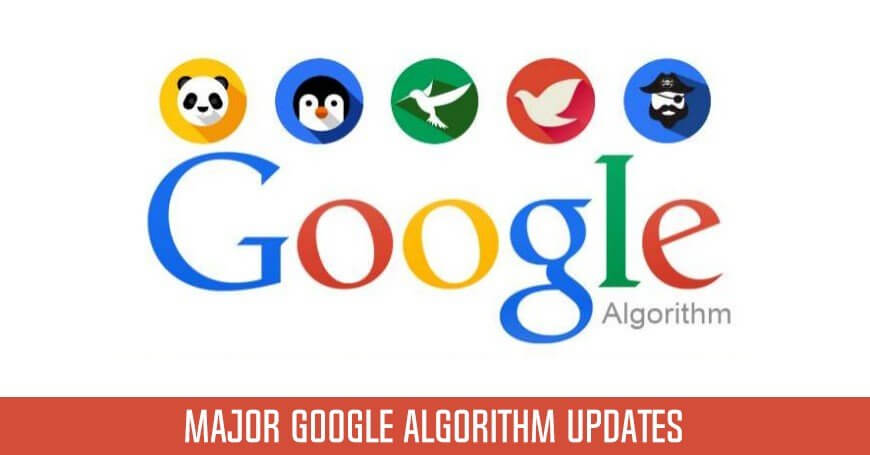
Google Algorithm is a complex term to understand if you are a novice or just recently step in digital marketing world. Why I am saying so is because understanding the concept of Google algorithm and its updates are crucial for any digital marketer, SEO, or webmaster to stay in online industry. Earlier, Google used to make small amount of updates but now it makes thousands of update in a year. Sounds shocking no!
Well, if you want to read the major algorithm updates of Google till now then you are at the right place. This article is a compilation of all major Google Algorithm updates. But first understand the concept of Google Algorithm below.
What is Google Algorithm?
Google Algorithm is an intricate system to retrieve data from its search index and immediately delivers the best possible results for a query. And updates are made to enhance the overall user experiencing while visiting any particular website. This can affect the website in both positive as well as negative ways.
Let’s move on to the list of major Google Algorithm updates.
Major Google Algorithm Updates in Chronological order
1. Panda – 24 February, 2011
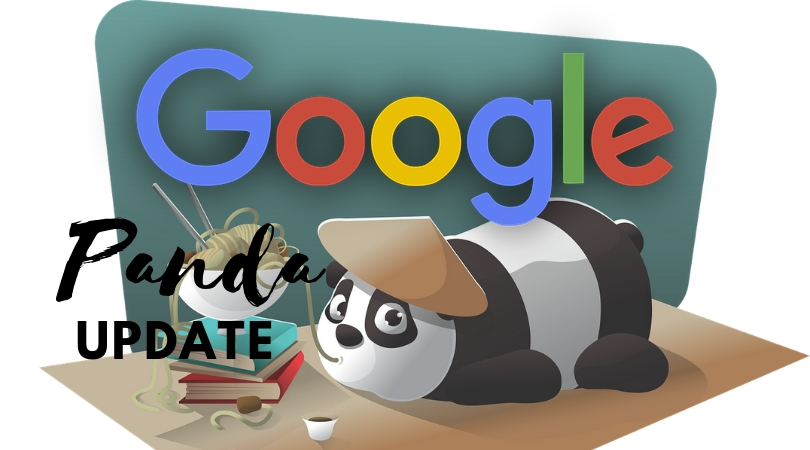
Panda is the first major update of Google Algorithm released on February 24, 2011. The main purpose of the update was to focus on content quality score to webpages and de-scale the site with having low-quality content, spammy, or thin content. Panda used to assign ‘quality score’ to web pages. This score used as a ranking factor for websites. In the starting, Panda was a filter rather than a part of Google’s ranking algo, but in January 2016, it officially turned into core algorithm.
Panda also updated its versions such as:
- Panda 2.0 in April 11, 2011 – included additional signals like sites that Google users blocked.
- Panda update 2.1 in May 9, 2011
- Panda update 2.2 in June 21, 2011
- Another Panda update 2.3 in July 23, 2011
- Panda update 2.4 in August 12, 2011
- Panda update 2.5 in September 28, 2011
- And the last Panda update 3.0 in October 19, 2011
Major emphasis on
Duplicate content, plagiarism, user-generated spam, poor user experience, thin content, keyword stuffing, all these content would penalize under Panda update.
Staying safe
To not getting penalized by Google, use site crawler to check keywords density, thin content, and duplicate content. You can use SEO PowerSuite’s Website Auditor, Plagiarism checker like Copyscape, etc.
2. Penguin – 24 April, 2012

Next major update comes after Panda is Penguin algorithm update. Penguin update launched on April 24, 2012. Penguin update goal was to de-rank the sites whose links seemed to be manipulative. It finds unnatural link profiles spamming the search results by using manipulative link tactics. In 2016, Penguin became a part of Google’s core ranking algo operating in real-time. It ensures that penalties are now imposed faster, and recovery also takes less time.
Major emphasis on
Paid links, spammy or irrelevant links, overly optimized anchor text, and links coming from sites created purely for SEO link building.
Staying safe
Regular audit your site with backlink checker tool SEO SpyGlass. You can also check for penalty risk. Let me tell you Google doesn’t penalize your site for having 1-2 spammy links, but a sudden flux of irrelevant backlinks can be a problem. Moreover, you can leave a request for the removal of spammy links from the site.
3. Hummingbird – 22 August, 2013
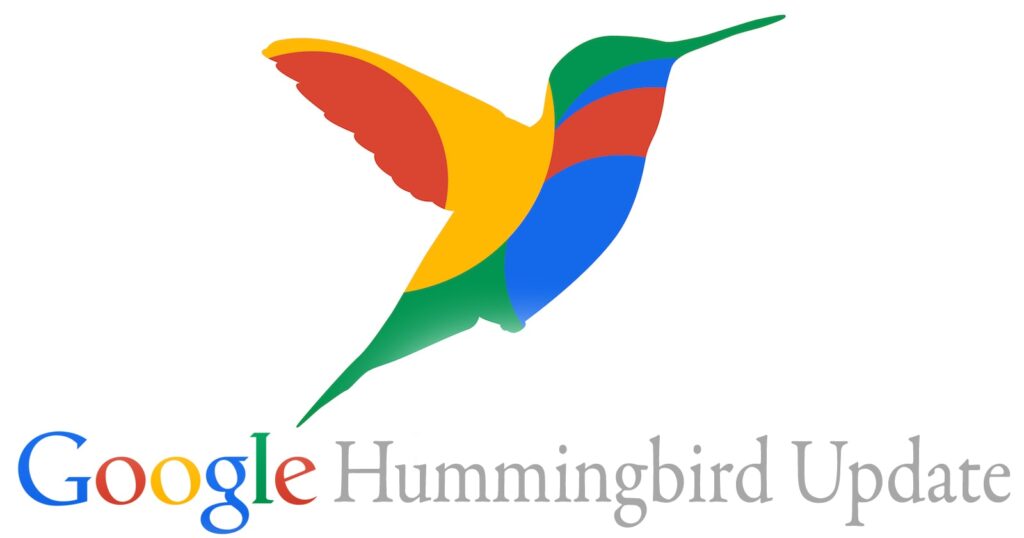
Another Google algorithm update launched on August 22, 2013 is Hummingbird. The main focus of update was on better interpreting search queries and provides results that match searcher intent. The speciality of Hummingbird is that it can rank a page for a query even if it doesn’t contain the exact words the searcher typed. The use of synonyms also optimized with Hummingbird. So rather than showing exact keyword match, Google shows more theme-related results in the SERPs that do not necessarily contain the keyword from the query in their content.
For Hummingbird update, Google said new algorithm affected about 90 per cent of searches worldwide.
Major emphasis on
Keyword stuffing, exact-match keyword targeting, and low-quality content.
Staying safe
To improve the site ranking, you must develop SEOs keywords to your content. Don’t use synonyms of keywords and co-occurring terms. All the Hummingbird-friendly keywords you will find incorporated into SEO PowerSuite’s Rank Tracker keyword research module.
4. Pigeon – 24 July, 2014 (US), and 22 December 2014, (UK, Canada, Australia)
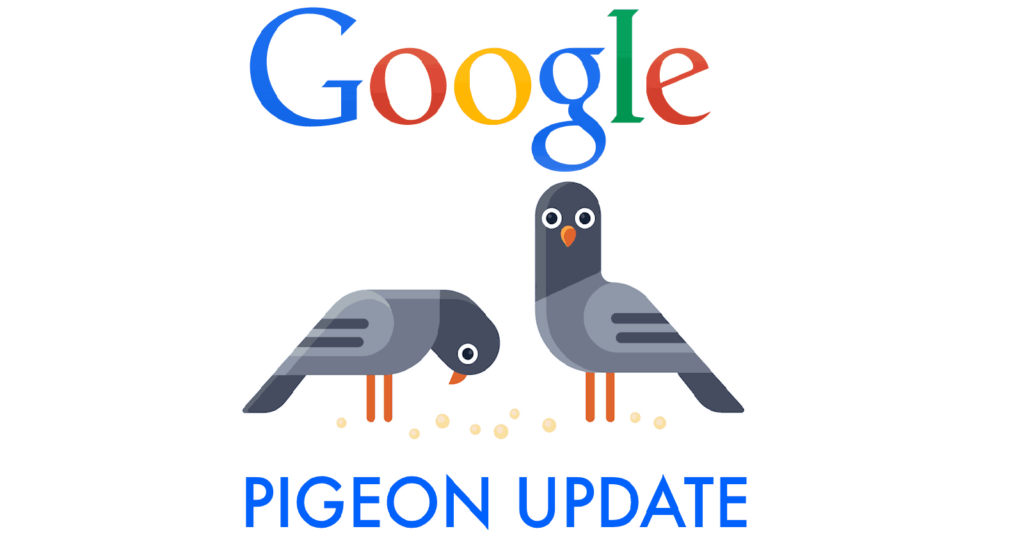
Pigeon Google Algorithm update launched back on July 24, 2014 in US. And another update launched on December 22, 2014 in UK, Canada, and Australia. The update focused on the quality of On-page and Off-page SEOs. As per Google, Pigeon created closer ties between the local algorithm and the core algorithm, meaning that the same SEO factors are now being used to rank local and non-local Google results. The key factors which Pigeon update uses in ranking the results are location and distance.
Major emphasis on
Poor On-and-Off-page SEO, NAP inconsistency, poorly optimized pages, lack of citation in local directories, and irrelevant set up of Google My Business Page.
Staying safe
Invest in On-page and Off-page SEO. You can use Website Auditor tool to run an On-page analysis. Optimize your pages properly. Moreover, you can also analyse list of off-page SEO in relevant business directories. With this approach, your site will rank higher in Google’s SERP.
5. Mobile-friendly Google update – 21st April, 2015

The mobile-friendly update was launched back on April 21, 2015. The update (aka Mobilegeddon) launched to make sure that the website can easily access using smartphone devices. Mobile-friendly website will rank at the top of mobile search and the pages not optimized for mobile will be penalized and get filter out from SERPs or down- rank. Moreover, desktop searches are not affected by this update. Since 2015, all the digital marketing companies started developing mobile-friendly websites.
Major emphasis on
Illegible content, lack of a mobile version of a site, improver viewpoint configuration, poor mobile usability, and non-mobile friendly website.
Staying safe
Saving oneself from getting penalized, focus on speed and usability of the site on mobile devices. Use Google’s mobile-friendly test to see what pages you need to improve. To track the friendliness of your pages, you must use the tool integrated into SEO PowerSuite’s WebSite Auditor.
6. RankBrain – 26 October, 2015
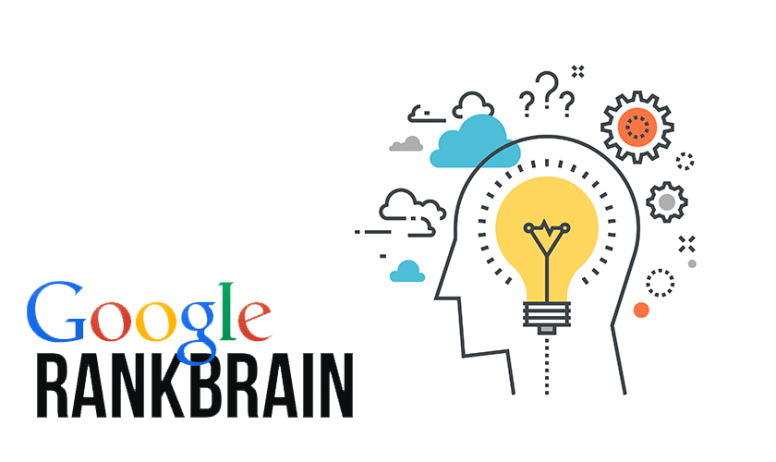
Another major Google algorithm update launched on October 26, 2015. Rank Brain is a part of Google’s Hummingbird algorithm. Basically, it is a machine learning system that helps Google better understand the meaning behind queries and server respond best to those queries. RankBrain can also summarize what a page is all about; evaluate the relevancy of search results. According to Google, RankBrain is the third most important ranking factor. The algorithm identifies relevant features for web pages ranking for a given query that are query-specific ranking keywords.
Major emphasis on
Poor user experience, shallow or no-quality content, and lack of query-specific relevance features.
Staying safe
To provide great user experience, you must need to optimize content for relevance with the help of competitive analysis. With Google Analytics, keep an eye on your users such as bounce rate, session duration, etc. You can also do competition research.
7. Possum – 1September, 2016
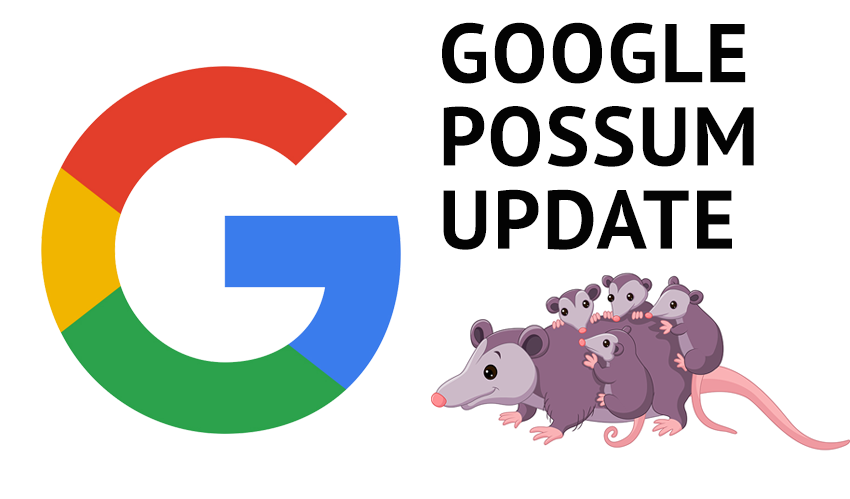
The Possum update released on September 1, 2016. This algorithm update is famous for number of changes in Google’s local ranking filter. The closer you are to a business’s address, the more likely you are to see it among local results. After Possum update, Google returned more varied results depending on the physical location of the searcher. Moreover, Possum also gave a boost to businesses that are outside the physical city area.
Major emphasis on
Tense competition in your target location, sharing a physical address with a similar business, and look for competitors whose business is closer to the searcher’s location.
Staying safe
You can expand your keyword list and do location-specific rank tracking. It is crucial for you to track your positions for every variation specifically. To search for variations, open SEO PowerSuite’s Rank Tracker to create and open a project. Now go to the keyword research module and click suggest keywords.
8. Fred – 8 March, 2017

Fred Google algorithm update came in the year 2017. The update focused on websites that violate Google’s webmaster guidelines. So most of the affected sites are blogs having low-quality posts. These posts created mostly for the purpose of generating ad revenue or affiliate revenue. Marketers or webmasters creating these types of sites to generate revenue would penalize under this update.
Major emphasis on
Low-quality, ad-centered content, thin and affiliate heavy content.
Staying safe
Read what’s there in Google Search Quality Guidelines and look for thin content. Even if you show ads, make sure the pages are of high-quality and offer-relevant, and ample information. You can’t trick Google by having a page full of affiliate links. If you do so, soon your site will be penalized.
9. Broad Core Algorithm Update – 9 March, 2018
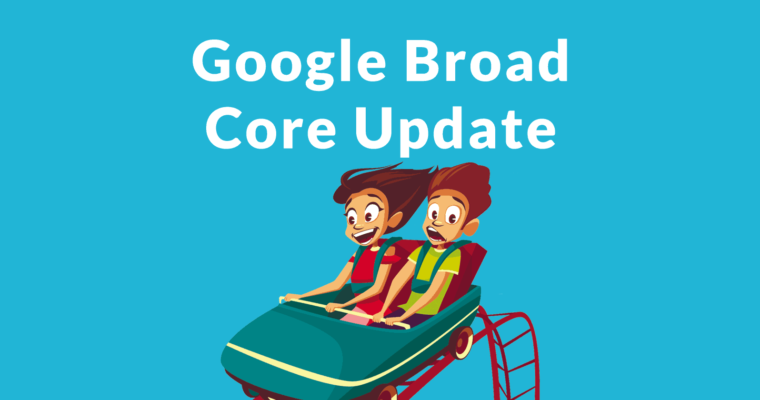
On March 2, Google announced Broad Core Algorithm Update on Twitter. This update focused on understanding the user’s search queries and website. The main goal is to enhance Google’s accuracy in matching search queries provide better user experience and satisfaction. So the pages that not rewarded earlier now will rank better.
Major emphasis on
Targeting sites for ranking signals, quality checking, incorporate new features to improve user-experience.
Staying safe
All you need to do is just focus on producing quality content, building quality backlinks, and sending out social signals. Make sure your content is relevant to audience for the keyword and phrase they are searching for.
10. BERT Update – 25 October, 2019
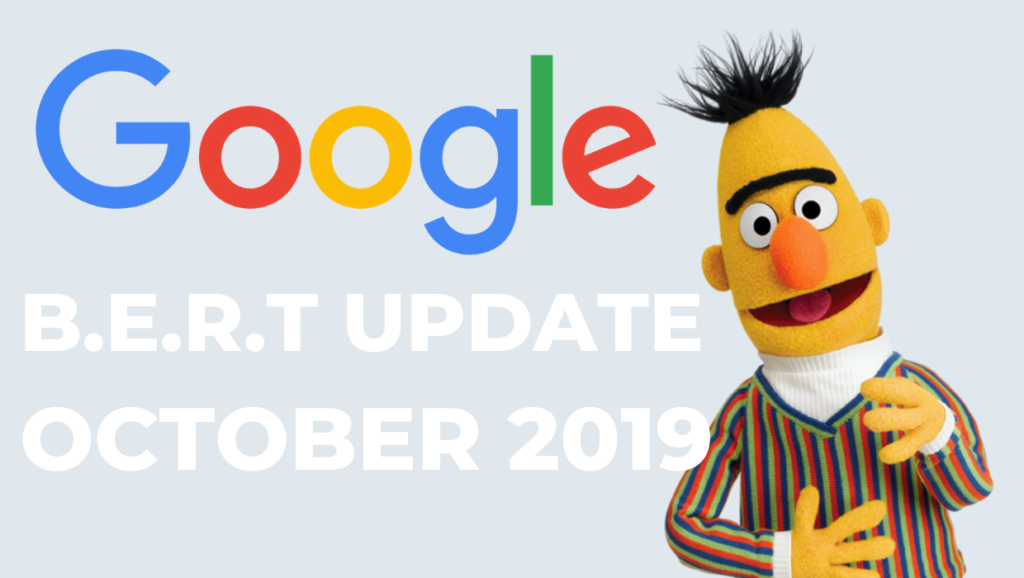
BERT is the biggest algorithm update released in October 25, 2019. Google used BERT model to better understand search engine queries. As per Google, this change impacted both search rankings and featured snippets. This update is all about deep learning algorithm related to natural language-processing. It helps machine learn what the word means in a sentence with all the nuances of the context.
Major emphasis on
Understanding the context of the sentence, improve search query understanding, no use of sloppy content.
Staying safe
To stay safe, you need to keep optimizing your articles including images or videos you publish on your website.
11. January 2020 Core Update

So this is the last major update which launched in January 2020. This algorithm update had a major impact on all search queries or results on a worldwide scale. Google says core updates are significant broad changes to our search algorithms and systems to present relevant and authoritative content to searchers.
Major emphasis on
Focus on generating quality content, excellent content is awarded, and ultra-spammy content will de-index.
Staying safe
Don’t stuff your site with abundance of affiliate links, you can’t trick Google in anyway. Generate quality content and don’t add poor quality links to the site.
To conclude
Finally guys, this was a complete list of Major Google Algorithm Update from 2011 to 2020. I have listed only major updates which I feel is important and relevant for every digital marketer, SEO, webmaster, or industry leader and they must know. I hope the article was enough helpful for you to grasp the concept of major Google Algorithm Updates.
Subscribe our website to read another Google updates, till then keep reading and keep sharing.


